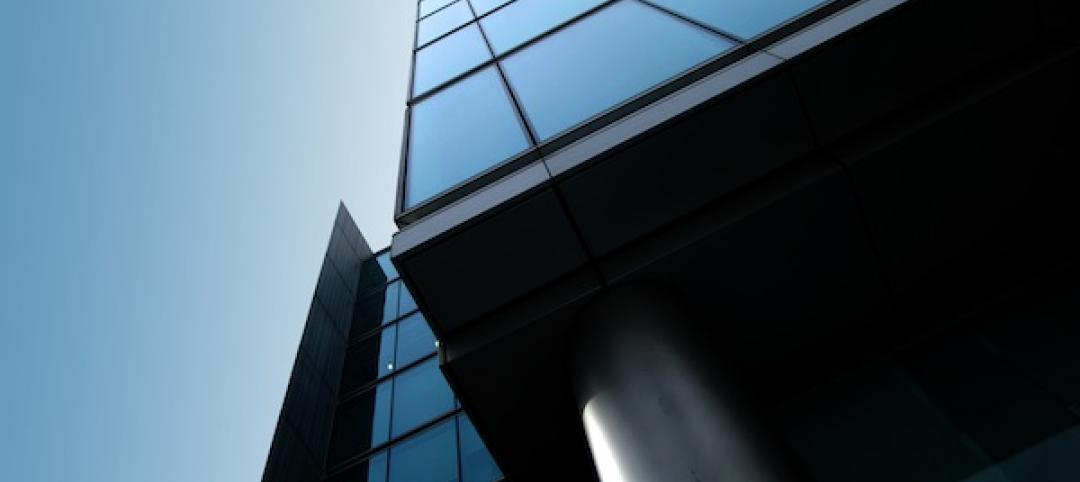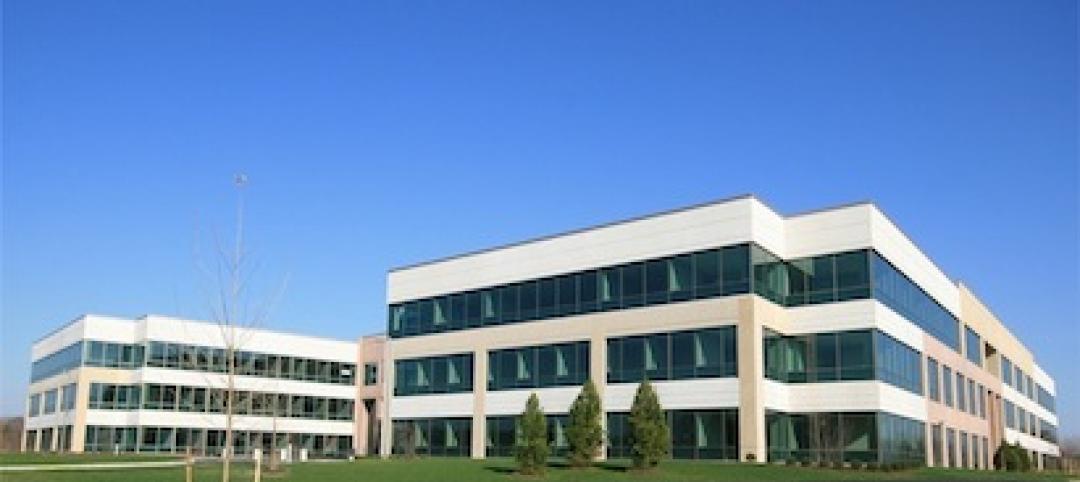Nonresidential construction spending dipped for a second consecutive month, falling 0.4% on a monthly basis in December, according to analysis of U.S. Census Bureau data released by Associated Builders and Contractors (ABC). Nonresidential construction spending totaled $681.2 billion on a seasonally adjusted, annualized basis. November's nonresidential construction spending estimate was revised lower by 0.6% to $683.7 billion.
For a second consecutive month, 12 of 16 nonresidential subsectors experienced spending decreases on a monthly basis. Private nonresidential spending dipped 2.1% for the month, while public sector spending expanded 2.2%.
"December's estimate is a bit unnerving not only because it represents a second consecutive month of spending decline, but also because unusually warm temperatures should have helped to translate into better spending performance," ABC Chief Economist Anirban Basu said. "A number of leading indicators suggest that nonresidential construction spending performance will remain choppy moving forward, both for the broader economy and the nation's nonresidential construction segment, including the Baltic Dry Index, the Conference Board's Index of Leading Economic Indicators and the Architecture Billings Index.
"This is not to suggest that the nonresidential recovery will end in the near term," Basu said. "Most firms continue to report healthy backlog and hiring remains aggressive, implying that many firms are staffing up in order to perform on forthcoming contractual opportunities. However, private credit is beginning to tighten and becoming more expensive. Consumer delinquencies are edging higher and corporate bond defaults have been climbing. Accordingly, many contractors may experience a slowdown in backlog accumulation in 2016, with the 2017-2018 economic outlook remaining decidedly murky."
Only four of 16 nonresidential construction sectors experienced spending increases in December on a monthly basis:
- Spending in the highway and street category expanded by 9.6% on a monthly basis and 11.7% on a yearly basis.
- Communication-related spending increased 4% month over month and 37.2% year over year.
- Sewage and waste disposal-related spending expanded 1.3% for the month, but fell 9.7% from the same time last year.
- Spending in the amusement and recreation category climbed 0.5% on a monthly basis and 9.2% on a year-over-year basis.
Spending in 12 of the nonresidential construction subsectors fell in December on a monthly basis:
- Spending in the power category fell 0.3% from November 2015, but is 7.6% higher than in December 2014.
- Commercial-related construction spending fell 0.6% for the month and 3.2% for the year.
- Educational-related construction spending fell 0.8% on a monthly basis, but expanded 10% on a yearly basis.
- Transportation-related spending fell 0.8% month over month, but expanded 2.3% year over year.
- Lodging-related spending was down 1.3% for the month, but is up 29.1% on a year-ago basis.
- Spending in the office category fell 1.8% from November 2015, but is up 16.6% from December 2014.
- Water supply-related spending fell 2.9% on a monthly basis and 6.6% on a yearly basis.
- Health care-related spending fell 3.2% month over month, but is up 0.4% year over year.
- Spending in the religious category fell 4.1% for the month and 1.7% for the year.
- Public safety-related spending declined 4.6% for the month and 7.4% for the year.
- Manufacturing-related spending fell 7.2% from November 2015, but is 19.6% higher than in December 2014.
- Conservation and development-related spending declined 9.9% on a monthly basis and is 8% lower on a yearly basis.
Related Stories
| Feb 14, 2013
Firestone projects recognized for roofing excellence
Firestone Building Products has been awarded the 2012 RoofPoint Excellence in Design Award in two categories: Global Leadership and Advancing Sustainable Roofing.
Smart Buildings | Feb 14, 2013
Minneapolis joins energy benchmarking trend for commercial buildings
Minneapolis is the latest major metro to require large commercial buildings to benchmark and disclose their energy and water use.
| Feb 8, 2013
Modest growth predicted for engineering, construction mergers
Small and mid-market deals and construction materials drive activity; U.S. is the most active individual nation.
| Feb 8, 2013
FMI/CURT 2012 Owner Study highlights construction industry challenges
Capital program owners grapple with concerns about project funding, staffing, regulations.
| Feb 6, 2013
RSMeans cost comparisons: office buildings and medical offices
RSMeans' February 2013 Cost Comparison Report breaks down the average construction costs per square foot for four types of office buildings across 25 metro markets.
| Feb 6, 2013
Arcadia (Calif.) High School opens $20 million performing arts center
A 60-year old wish for the community of Arcadia has finally come true with the opening of Arcadia Unified School District’s new $20 million Performing Arts Center.
| Jan 31, 2013
The Opus Group completes construction of corporate HQ for Church & Dwight Co.
The Opus Group announced today the completion of construction on a new 250,000-square-foot corporate headquarter campus for Church & Dwight Co., Inc., in Ewing Township, near Princeton, N.J.
| Jan 31, 2013
Map of U.S. illustrates planning times for commercial construction
Stephen Oliner, a UCLA professor doing research for the Federal Reserve Board, has made the first-ever estimate of planning times for commercial construction across the United States.














